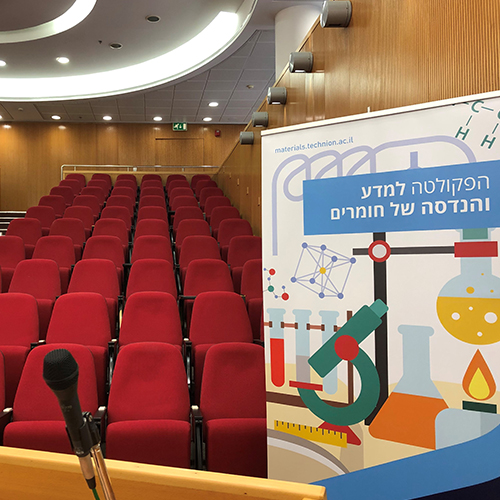
Mr. Baptiste Le Roi - Ph.D. Candidate
26/06/2025
ZOOM
13:30
The mechanical properties of complex networks, such as the extracellular matrix (ECM), are profoundly influenced by the movement of both constituent and entrapped polymers. Understanding how these properties are affected by micro- and nano-sized materials is critical as many cells are sensitive to their mechanical microenvironment. To do, we studied different soft composites used as extracellular matrix models.
First, we investigated how microscale water dynamics influence macroscopic mechanical behavior. We used a calcium-crosslinked alginate hydrogel as an ECM model and incorporated hydrophilic polyethylene glycol microparticles to mimic non-interacting proteins. Nanoindentation revealed marked variations in the Effective Young’s modulus (Eeff). More specifically, under cyclical loading these polymers shift from strain-stiffening to non-strain-stiffening behavior, with water movement within the network emerging as a key factor in this localized, time-dependent response.
Next, we examined how the dissipative effects of composite hydrogel materials similar to the ECM lead to differences between local and bulk mechanical properties. By embedding larger polyethylene microplastic beads in collagen gel, we found that the thickness of the hydrogel layer between the pollutant and the indenter tip significantly influenced mechanical sensing. This highlights a shielding effect, where the gel dampens material heterogeneity with distance from the bead, likely due to energy dissipation through its fibrillar structure.
To better understand this micro–macro interplay, we developed an AI-based segmentation tool capable of tracking both true stress evolution and color change in mechanophore-loaded polystyrene probes. This allowed us to directly map regions of local stress (via colorimetric response) against the global mechanical load applied during standard tests, providing a powerful method to link microscopic activation with macroscopic mechanical behavior.


